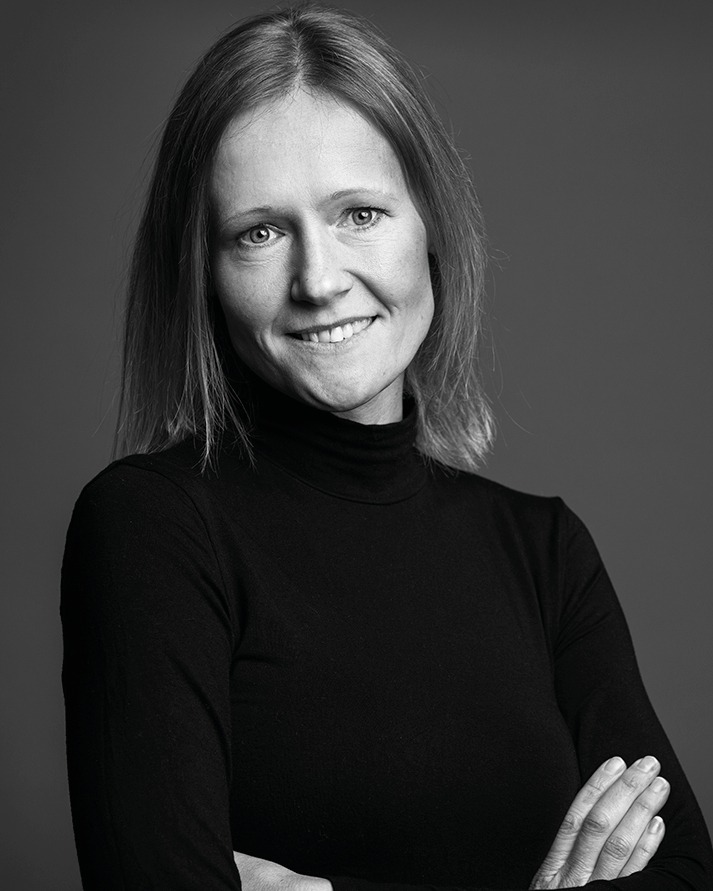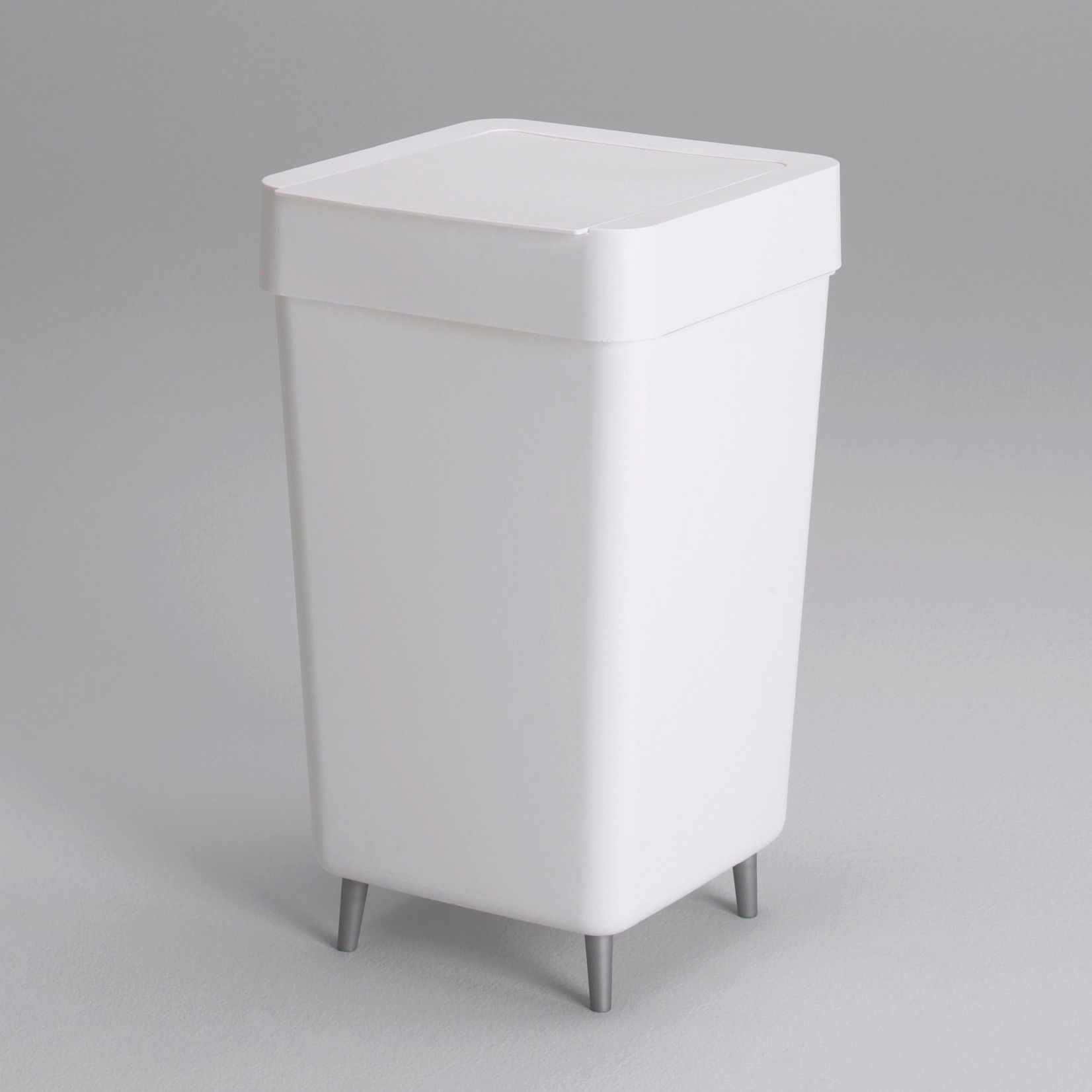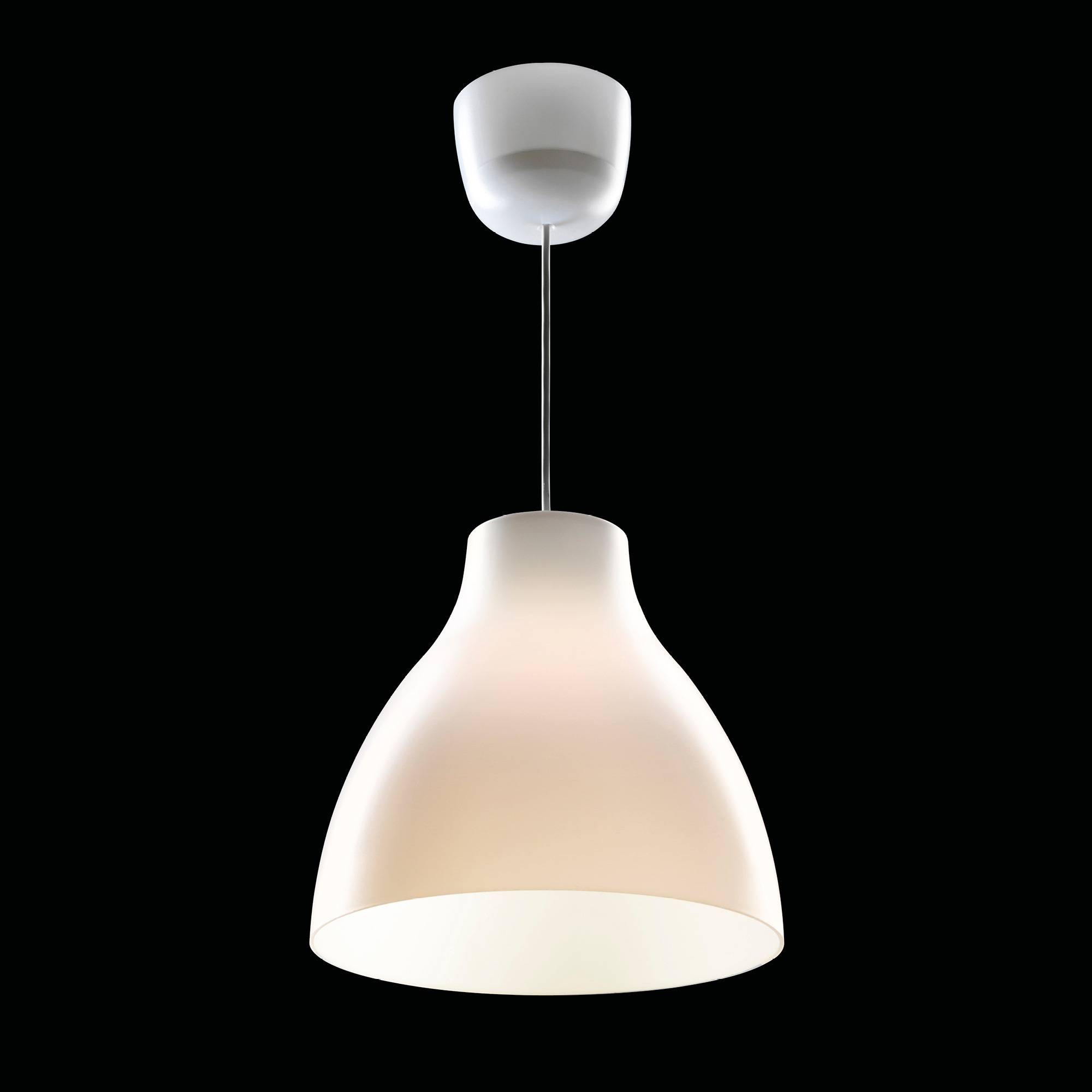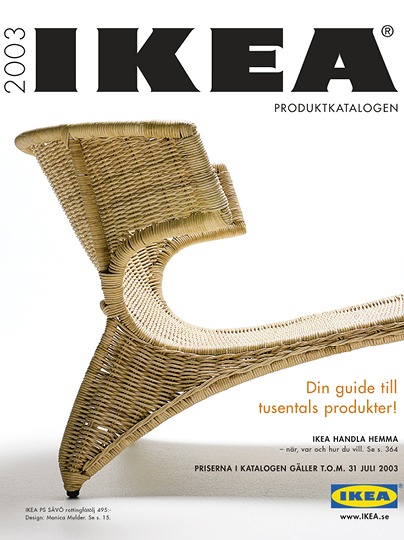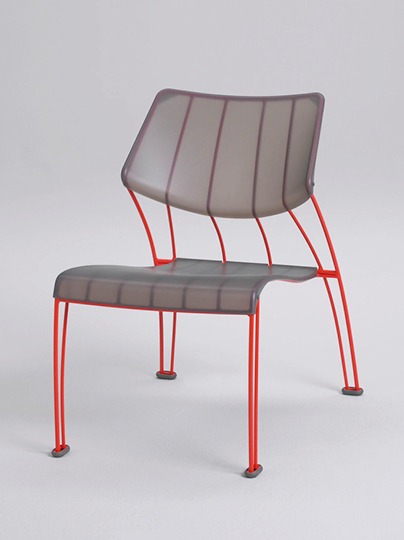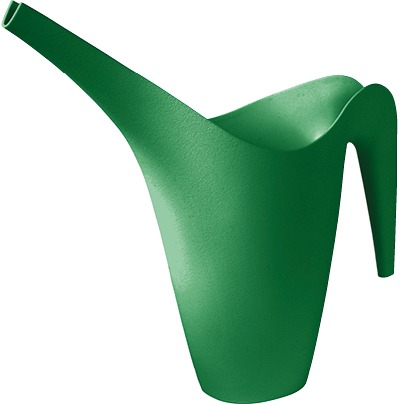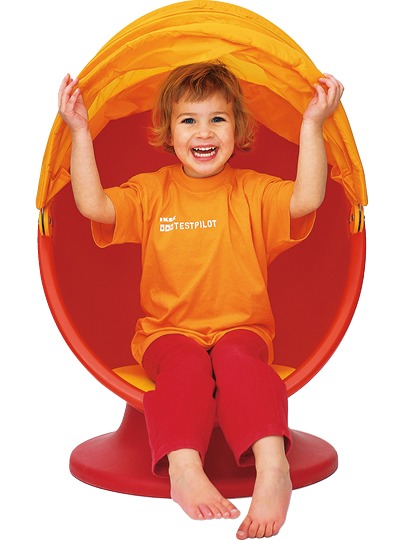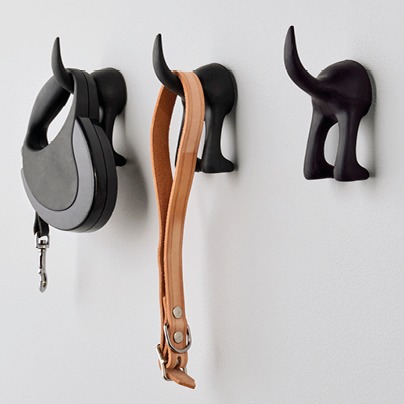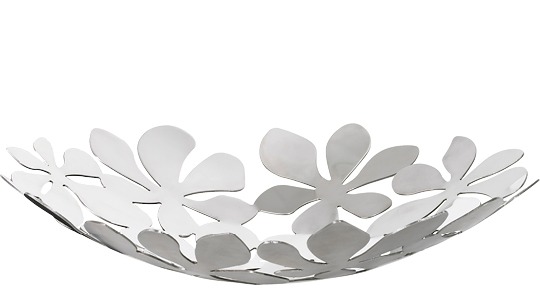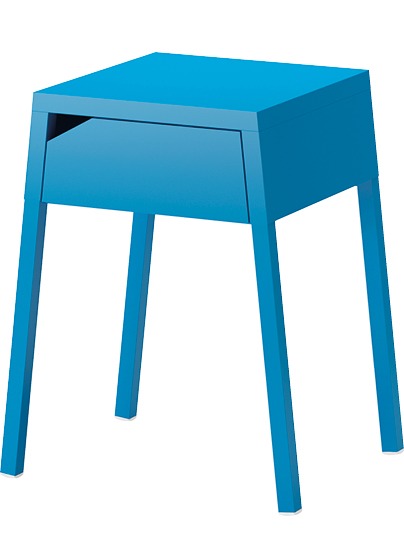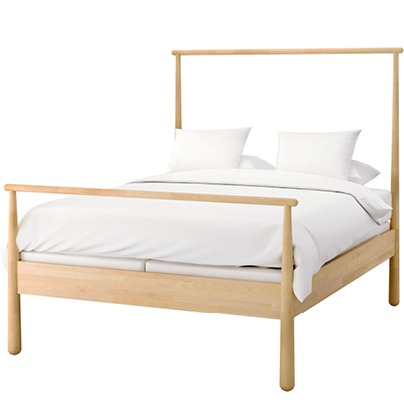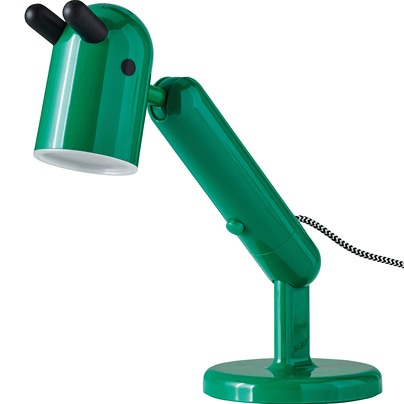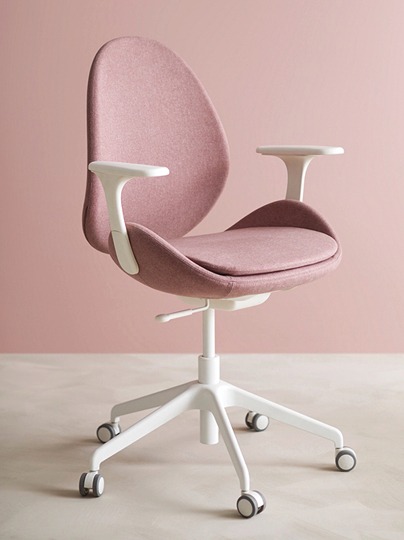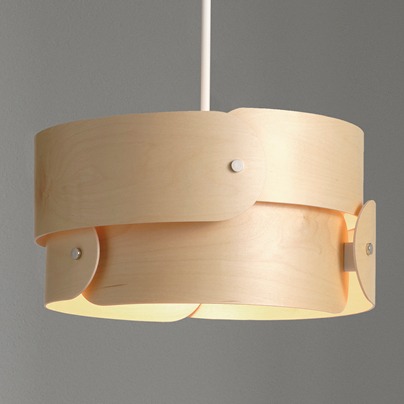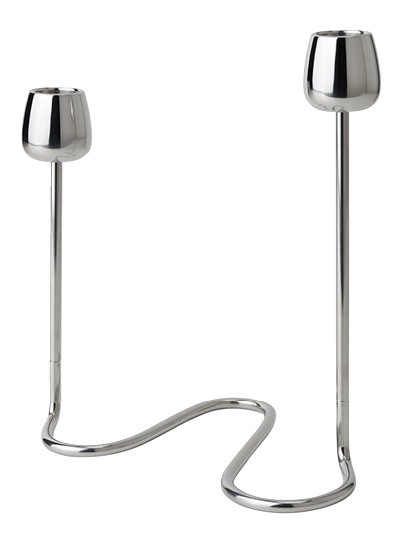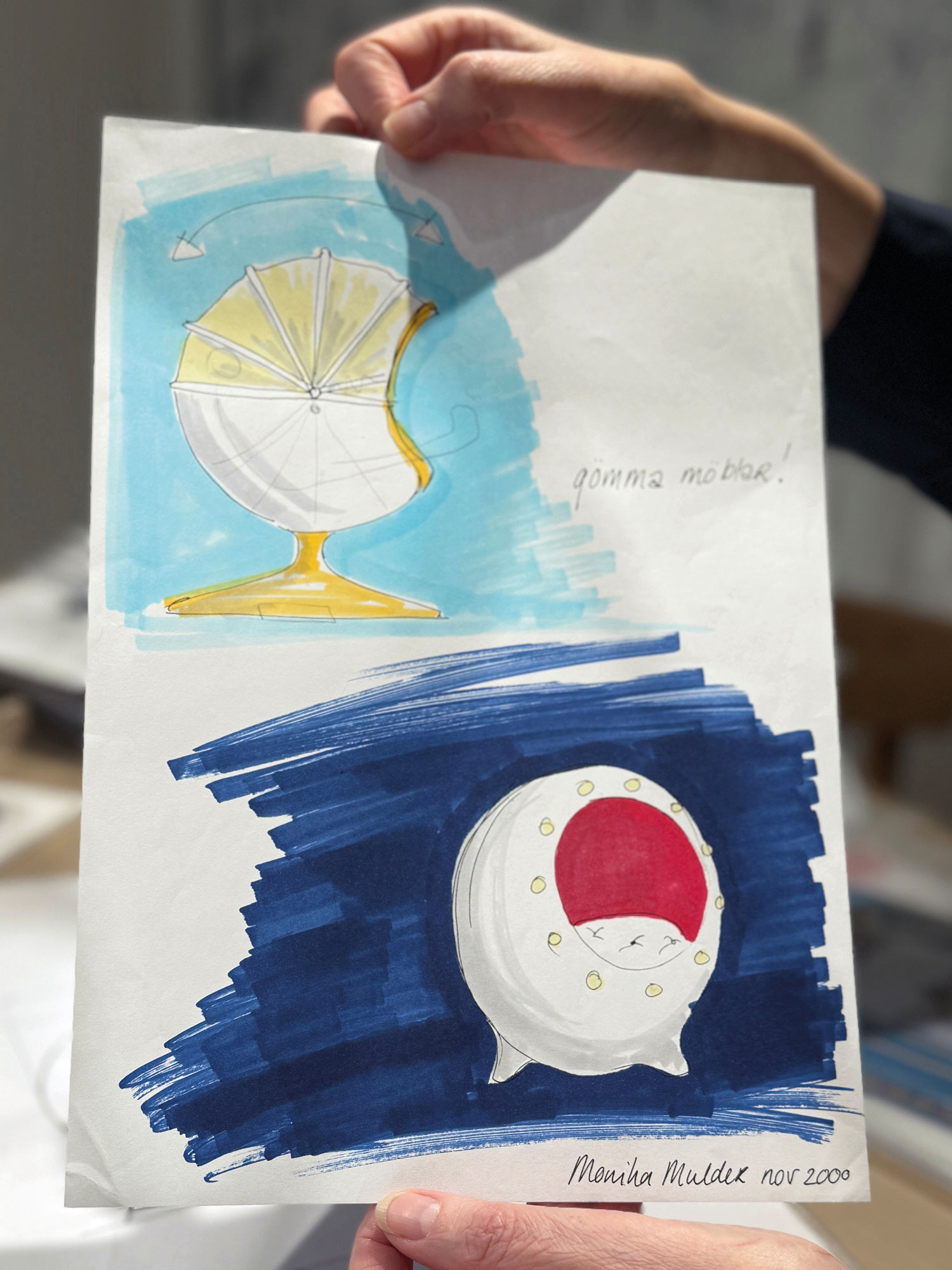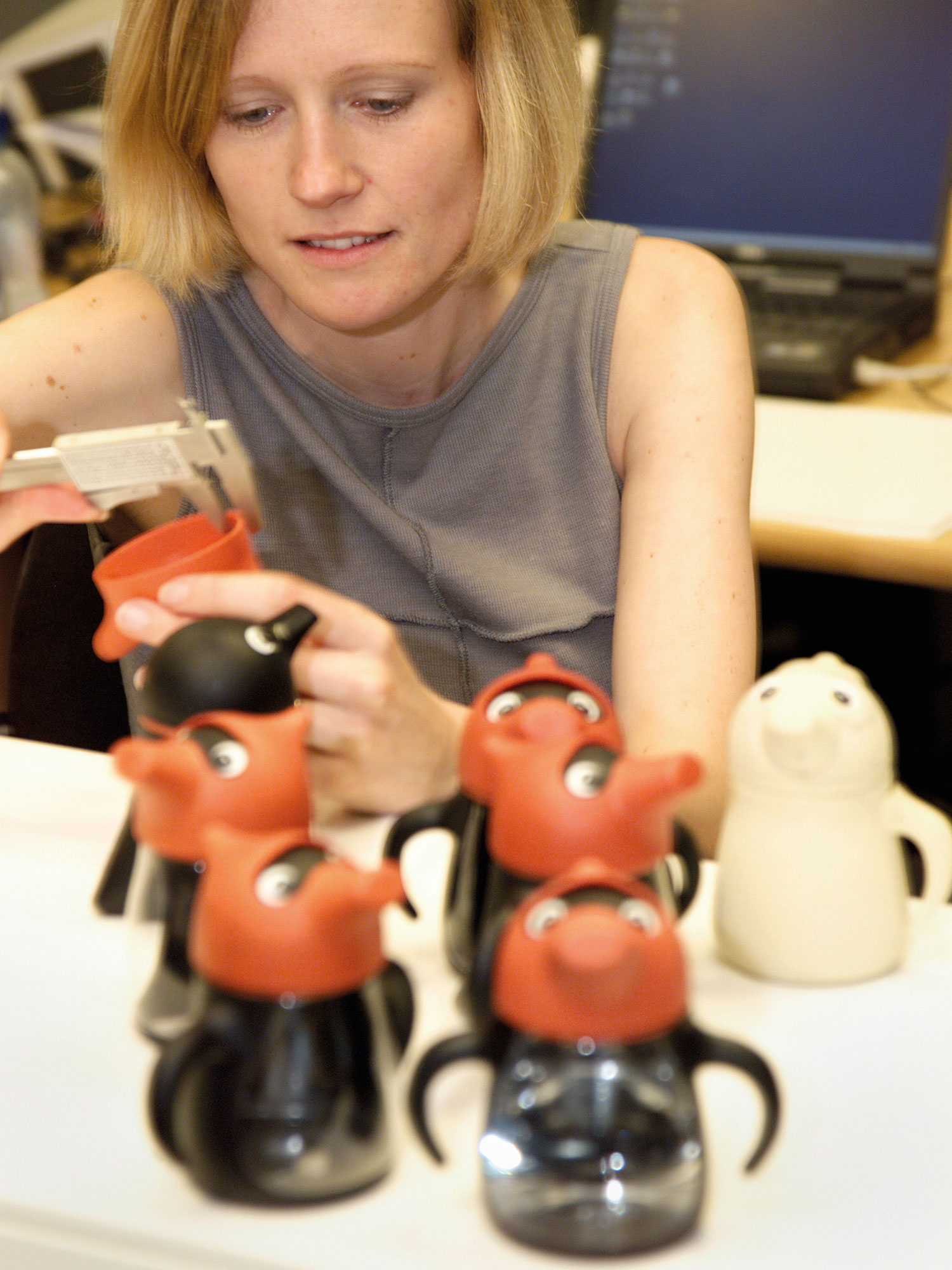95
Monika was born and raised in the northern Netherlands. Creativity came
naturally to her, and as a child she loved exploring and working with different materials like paper, glue and blue clay.
Monika later studied at Design Academy Eindhoven. When it came time for an internship, she was eager to explore opportunities in Sweden. She was drawn to the country’s easy-going, non-hierarchical way of doing business and found an opening at the IKEA design hub in Älmhult. Here, she would often walk around the store and look for what solutions were missing – then start sketching. Among the products she designed as an intern were the FIBBE waste basket and a wooden box for CDs. She was also involved in one of the first IKEA PS collections that bolstered the IKEA concept of Democratic Design.

